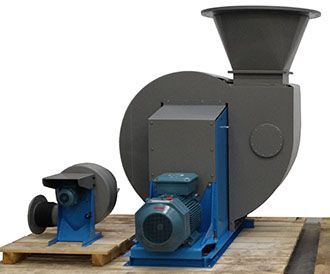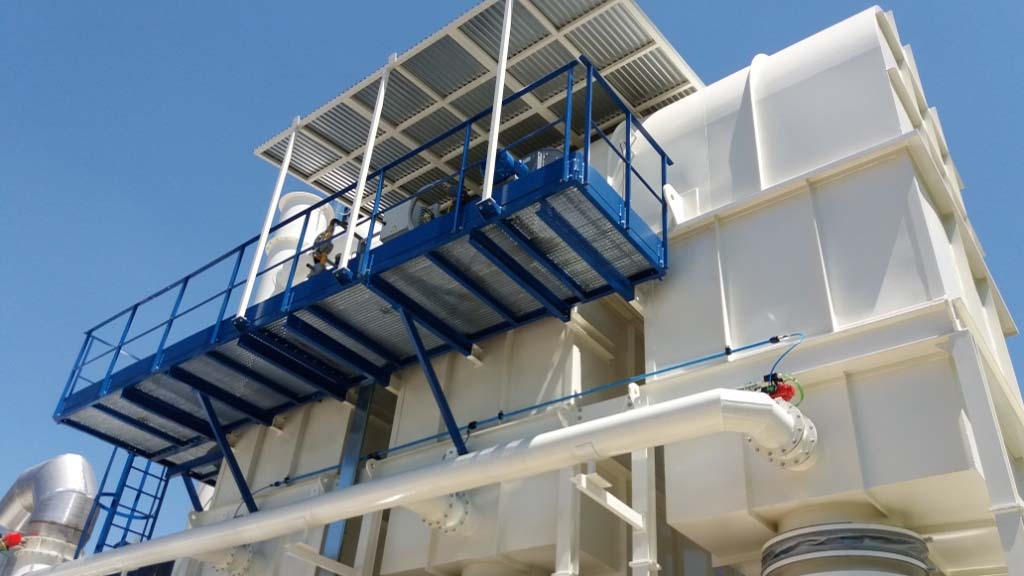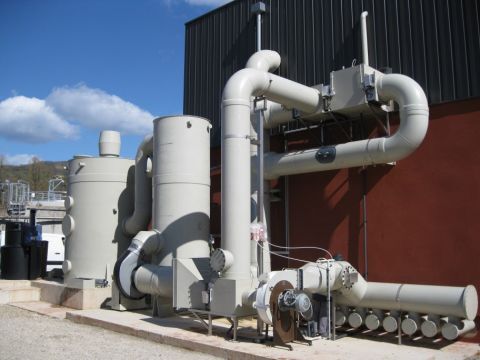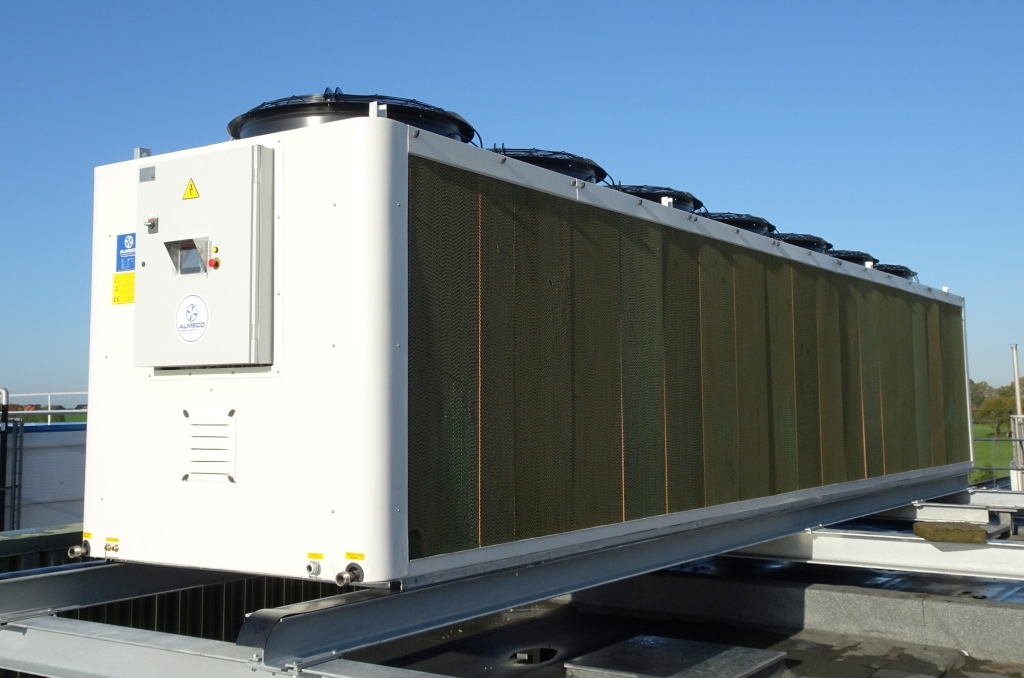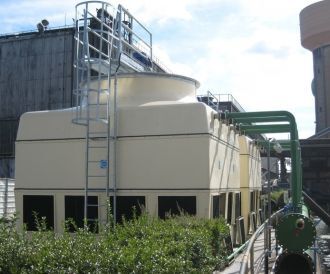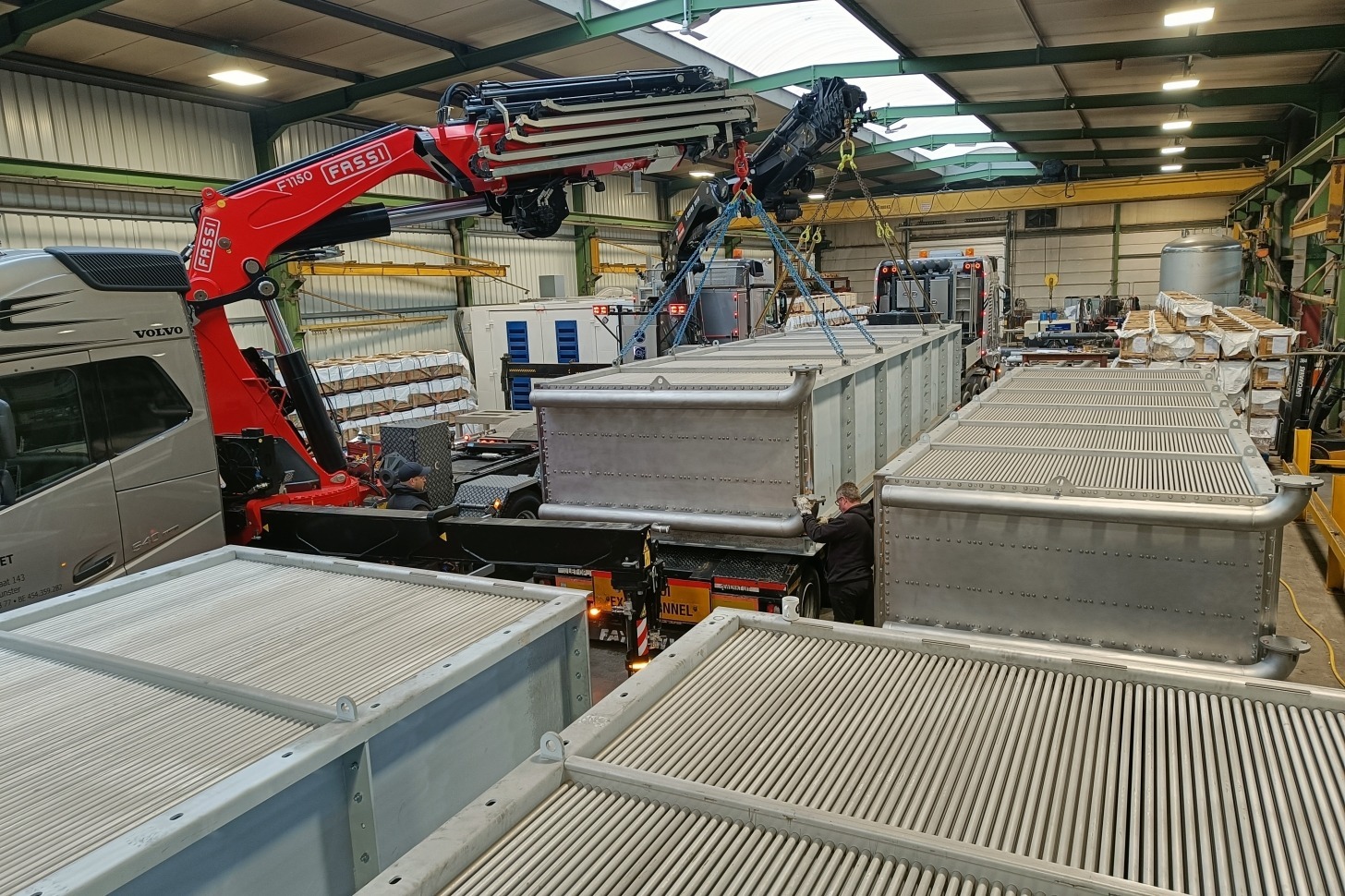References
Axon Group is a trusted partner, offering tailored solutions to tackle complex industrial challenges. With a proven track record and expert team, we help businesses thrive in a competitive landscape. Explore our references to learn more.
Let us show you why Axon Group is the preferred choice for comprehensive industrial solutions.
Previous
1
2
...
4
Next

